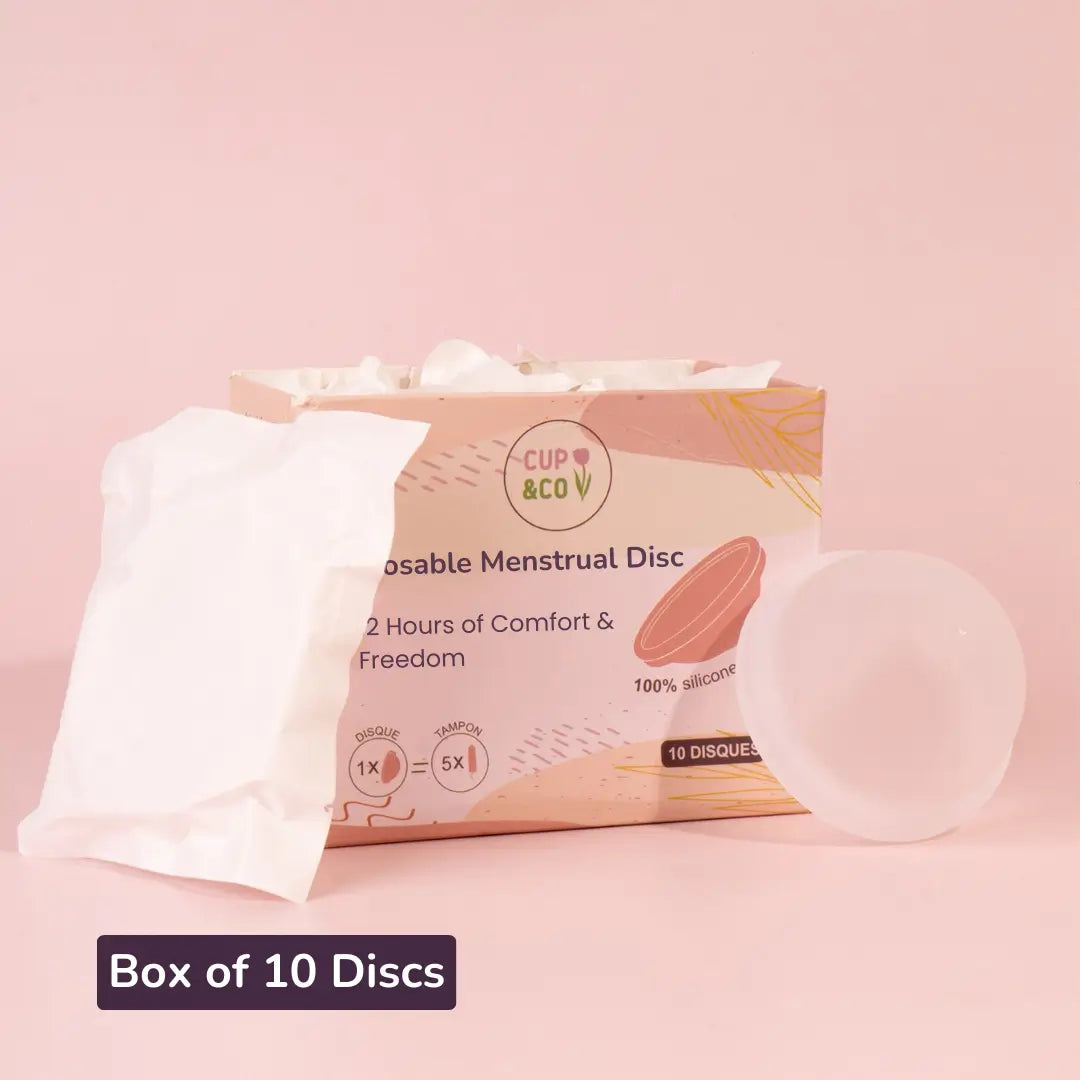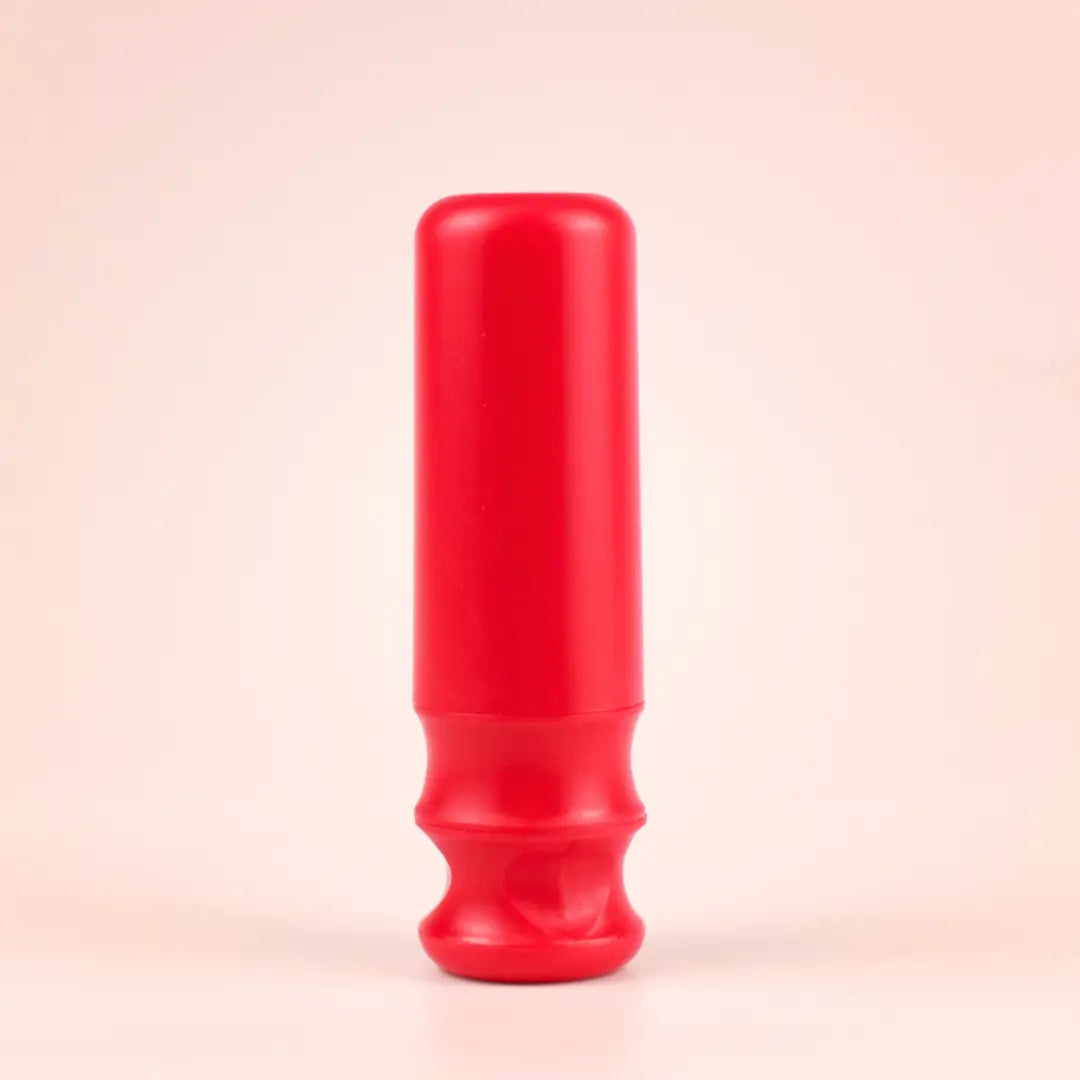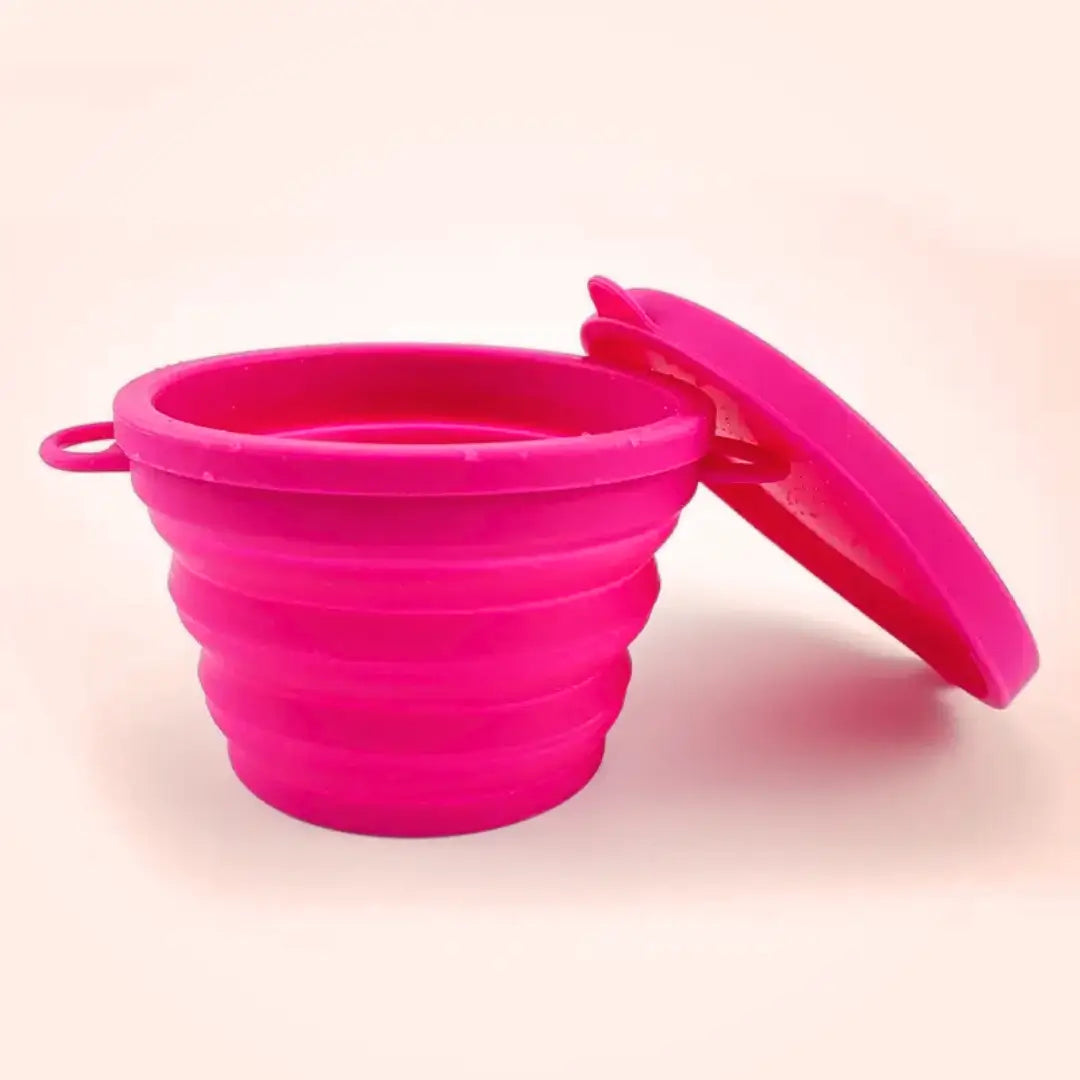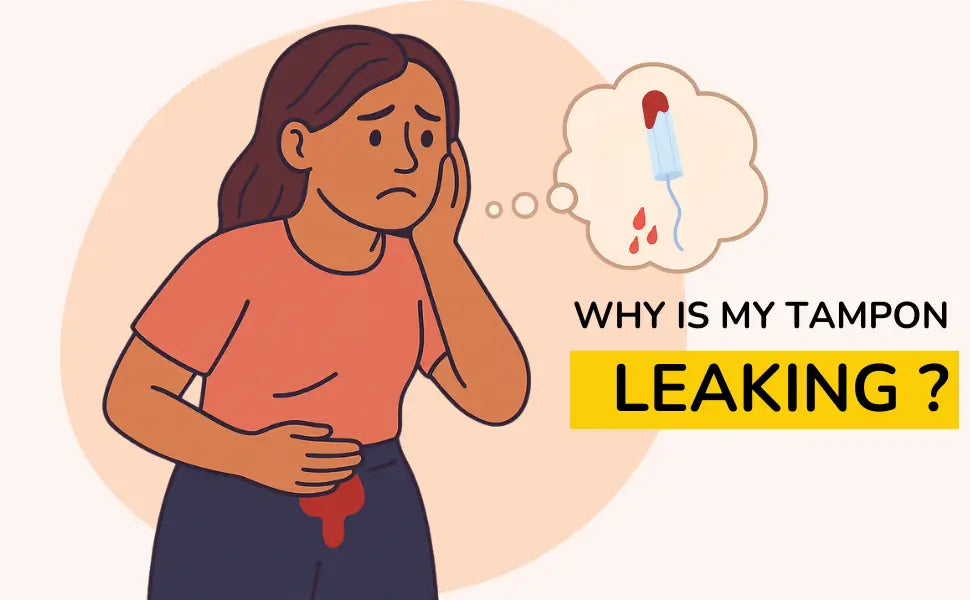Leaking tampons... we've all been there.🩸
There are a few common reasons for those surprise leaks:
- The tampon isn't positioned correctly.
- It's not the right size or absorbency for your flow.
- You've worn it too long and it's fully saturated.
Luckily, there are simple ways to prevent leaks and stay protected all day long.
Tampon is leaking even though it's not full? It might be positioned incorrectly
If your tampon isn't positioned properly, it can cause leaks. You might even feel discomfort or cramping if your tampon too low in your vaginal canal.
A telltale sign? You're leaking, but your tampon isn't fully soaked. That usually means it's sitting in the wrong spot.
What to do: Remove it and insert a new one, pushing it higher until it feels secure and comfortable. Once in place, it should fully absorb your flow. 👍
Tampon too small or not absorbent enough: slipping out or leaking within 1–2 hours
A tampon that's too small won't absorb enough blood and can shift or fall out of place, especially if your vaginal canal is wider such as after giving birth.
In this case, it might not stay in properly and can even slide out. That's a sign it's time to switch to a different size or type.
Also, if your tampon becomes completely saturated in 1–2 hours, including the string, it's not absorbent enough for your flow.
Tip: Your flow can vary throughout your cycle. Use higher absorbency on your heavy days or consider switching to a disposable menstrual disc, which holds more and is more secure.
Tampon is full and leaking through the string
Heavy flows can quickly saturate a tampon, even if it's the right size.
If you're leaking and the tampon (and string) is soaked when you remove it, it simply means it's full. 💧
In this case, you have two options:
- Change it more frequently, don't wait more than 4 to 6 hours ⏰
- Use a higher absorbency or switch to a protection made for heavy flows, like a menstrual disc or menstrual cup.







